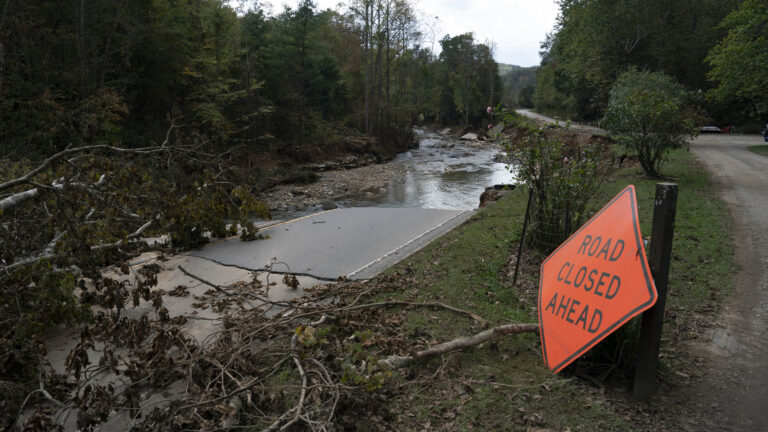The US Supreme Court today overturned the 40-year-old Chevron precedent in a ruling that limits the regulatory authority of federal agencies. The 6-3 decision in Loper Bright Enterprises v. Raimondo will make it harder for agencies such as the Federal Communications Commission and Environmental Protection Agency to issue regulations without explicit authorization from Congress.
Chief Justice John Roberts delivered the opinion of the court and was joined by Clarence Thomas, Samuel Alito, Neil Gorsuch, Brett Kavanaugh, and Amy Coney Barrett. Justice Elena Kagan filed a dissenting opinion that was joined by Sonia Sotomayor and Ketanji Brown Jackson.
Chevron gave agencies leeway to interpret ambiguous laws as long as the agency's conclusion was reasonable. But the Roberts court said that a "statutory ambiguity does not necessarily reflect a congressional intent that an agency, as opposed to a court, resolve the resulting interpretive question."
"Perhaps most fundamentally, Chevron's presumption is misguided because agencies have no special competence in resolving statutory ambiguities. Courts do," the ruling said. "The Framers anticipated that courts would often confront statutory ambiguities and expected that courts would resolve them by exercising independent legal judgment. Chevron gravely erred in concluding that the inquiry is fundamentally different just because an administrative interpretation is in play."
This is especially critical "when the ambiguity is about the scope of an agency's own power—perhaps the occasion on which abdication in favor of the agency is least appropriate," the court said. The Roberts opinion also said the Administrative Procedure Act "specifies that courts, not agencies, will decide 'all relevant questions of law' arising on review of agency action—even those involving ambiguous laws," and "prescribes no deferential standard for courts to employ in answering those legal questions."
Kagan: SCOTUS majority now “administrative czar”
The Loper Bright case involved a challenge to a rule enforced by the National Marine Fisheries Service. Lower courts applied the Chevron framework when ruling in favor of the government.
Kagan's dissent said that Chevron "has become part of the warp and woof of modern government, supporting regulatory efforts of all kinds—to name a few, keeping air and water clean, food and drugs safe, and financial markets honest."


 Loading comments...
Loading comments...
